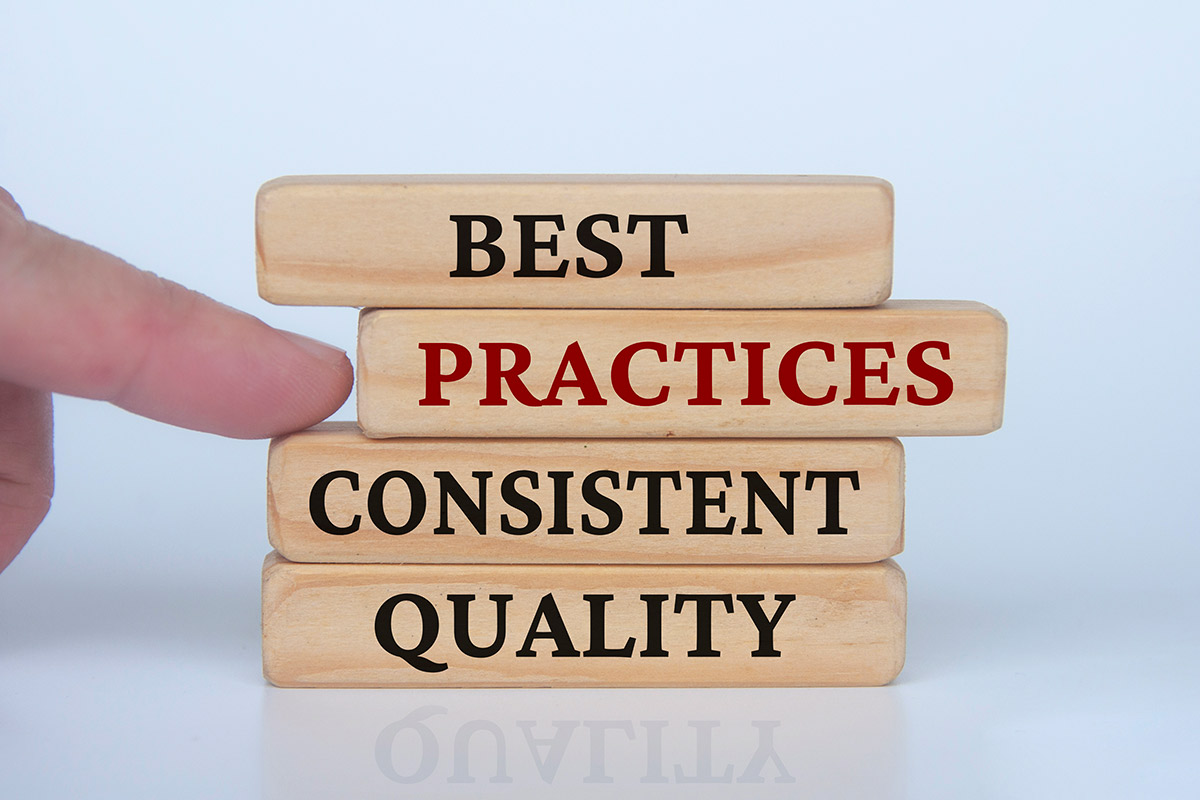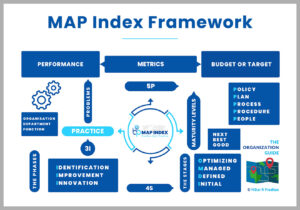We are what we repeatedly do. Excellence then, is not an act, but a habit — Aristotle
This is the most obvious question that comes to our mind, the moment we hear about the term “best practices”. Since there is no universal definition, it is wide open to wider interpretations. There are two words to the term. Practice is something that we do repeatedly. Just doing repeatedly will not give us the result. Best is where the doing is ensuing superior results consistently.
As an organization, we may be following a set of processes to techniques to methods and in a certain manner for delivering the results of best practices. Some of these aspects can be codified, transferred and replicated but this aspect captures only a minor part of the best practices package.
There is another aspect, in fact, the major part in terms of context to culture to tacit to tactical remains non-codified and non-transferable in nature. We have to experience it. We have to experiment it. We have to customize it. We have to nurture it. All these are part of doing things. Learning the art of doing, science will tell us what to do but we learn by doing things…
Together, the codified and non-codified part forms the package we term as best practices. We cannot talk of best practices without understanding the significance of the critical role played by the non-codified part.
For example, what are the best practices in designing the structure of an organization? The structure should be aligned with the strategy. As in different situations the driver changes, sometime the strategy drives the structure and other times it is the structure that determines the strategy in an organization. The structure should have clearly defined roles and the reporting mechanism. The structure should have right authorities with higher responsibilities. The structure should be such that there is a proper delegation of work. The structure should be such that accountabilities can be established for people when things are going wrong.
There are well-defined theories and we need to practice it as well to get the best. Just by knowing we cannot be the best. Even doing will not get us the best. There is a way to do things. Doing that way will give us the best possible results, just few times but not all the time. Best practices give us the best results consistently over a longer period of time.
Next, logical question that comes up; how can something continues to remain the best and for how long. Nothing can remain best forever. Everything that we qualify as best has an expiry period though may not be explicitly stated but implicitly it is understood. When a practice has matured and delivering superior results it is premised to a specific set of context. And as the context changes, it may not guarantee the superior results. The practice needs to be realigned and readjusted.
Hence, every best practice needs to be periodically rediscovered and as demanded it needs to be reinvented.
To make the best remain the best for a much longer period of time, we need to keep assessing the changing situations. And anticipate the changing context to make the necessary adjustment and alignment. The smart managers and the visionary leaders do that with so much alacrity and agility.
The important question is how to keep rediscovering things.
The pertinent question is how to keep reinventing things.
Unless and until, we are vigil and agile, we will miss what is happening around us. Unless and until, we are thinking and re-thinking on things, we will not be able to create new things. Unless and until, we are observing and absorbing things, we will not be able to critically analyze those things and derive insights.
Deeper levels of engagement are needed.
Higher levels of involvement are required.
Best practices are hard to achieve but harder to sustain unless we do all these things on a regular manner. This kind of working has to be part of managerial habit and get systematically embedded into the core of the organization’s culture.
Habit and culture are not something which can be created overnight nor can it be transported and translated easily. All these workings need effort, patience and perseverance; such things evolve and emerge with time.
- The phenomenon of evolution and emergence are important characteristics of best practices.
- The process of re-discovery and re-invention are important traits of best practices.
These are the specific reasons why best practices are considered the best in the business. Best practices have so much more to offer in terms of depth and width. Best practices have so much to offer over time and with space. With time and space, depth and width of practice improves.
Continuous improvement is an integral part of best practices. The exercise to improvement should be active and kept open for all the time. As situation changes and with time demanding something else, the improvement exercise should start working to take on the new inputs and build into the existing system, so as to ensure the desired level of outputs keep coming.
We as individuals cannot accept and embrace change unless we are prepared for it. Preparation is the key to success and achievement of things in life. Organizations are no different but so much bigger, hence needs much more preparation as it is a larger collection of people and collective preparation is needed.
Change and preparation are a vital part of best practices. Change is mandatory. Change management is mandated. So, where is then the issue, it is in the state and stage of preparation. We have to be mentally, physically and emotionally ready. Similarly, organizations should be systemically, structurally and culturally being made ready. Hence, best practices cannot be treated in isolation nor can it be created in the organizations that are not yet ready.
- Best practices are best because the organization is ready to be the best in the business.
- Best practices are best because people in those organizations are prepared to practice.
A best practice doesn’t work in an auto-pilot mode where we have to just set it and simply forget it. Though there are certain parts which will work in auto-pilot mode but to get the best results we have to make all the parts to work in certain cohesion and in constant creation. If best practices could have been fully codified and completely put into auto-pilot mode then most organizations could be doing the best.
Not to be the case, best practices are best because they are exclusive in nature and needs to be persistently nurtured. Being the best in any business needs relentlessly pursuit and best practices are no exception, it needs to be practiced with rigor. Best practices are the best because they go through a rigorous process of working; there is no alternative to the hard part but goes along with it the significance of the soft and smart part. These later parts are not available in a platter nor are this something that one can easily take and able to quickly adapt.
The difference between a practice being average or the best resides on so many such intangible factors that are virtually impossible to copy and paste, put and rest, plug and play.
- Best practices are created.
- Best practices cultivated.
- Best practices are nurtured.
Best practices are best because they have something special to offer and that offering needs constant working and we simply cannot create one and then keep getting the best from the practice. The best practices work under certain context and condition. Both are subjected to change and we cannot escape change but being proactive and progressive helps not only in getting there to give our best performance but staying the best.












